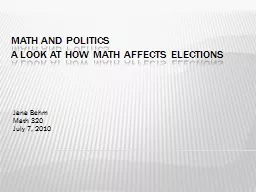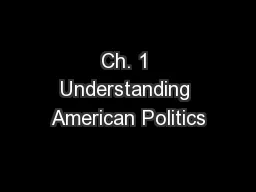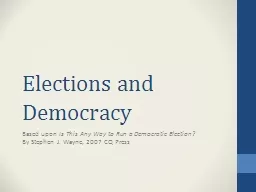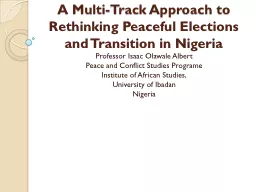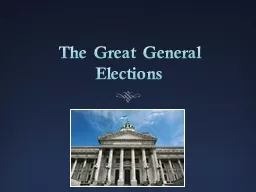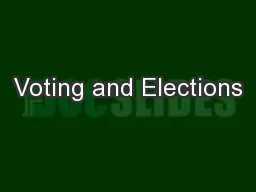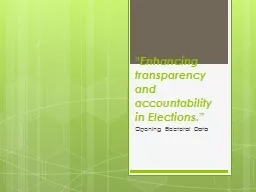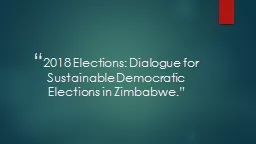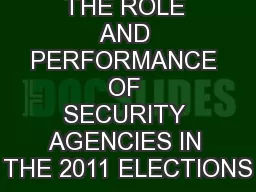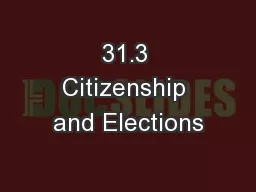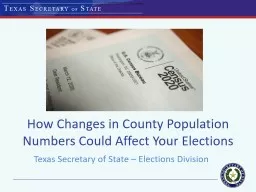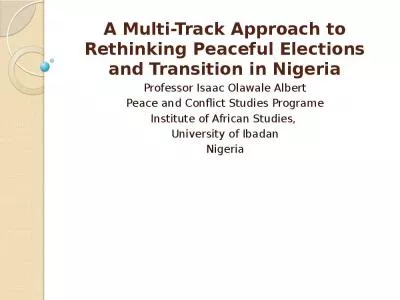PPT-Math and politics A look at how math affects elections
Author : karlyn-bohler | Published Date : 2019-03-05
Jana Behm Math 320 July 7 2010 overview Voting Systems and how they can effect outcomes Majority Rule Plurality Voting Electoral College Majority Rule Straight
Presentation Embed Code
Download Presentation
Download Presentation The PPT/PDF document "Math and politics A look at how math aff..." is the property of its rightful owner. Permission is granted to download and print the materials on this website for personal, non-commercial use only, and to display it on your personal computer provided you do not modify the materials and that you retain all copyright notices contained in the materials. By downloading content from our website, you accept the terms of this agreement.
Math and politics A look at how math affects elections: Transcript
Download Rules Of Document
"Math and politics A look at how math affects elections"The content belongs to its owner. You may download and print it for personal use, without modification, and keep all copyright notices. By downloading, you agree to these terms.
Related Documents

